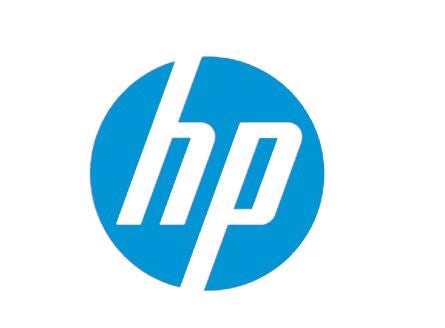
While digital printing is a relatively new process, interest and uptake has been fast to take off, and with so many benefits for businesses large and small, it’s not difficult to see why.
From almost every corner of the consumer market, brands are discovering the ways in which digitally-printed packaging can benefit their bottom line.
In fact, the ability to personalise the way in which brands interact with consumers, coupled with opportunities in co-creation, mean digitally-printed packaging is generating new revenue streams for brands across the globe.
Getting personal
In a world where individuality is king and younger generations are actively avoiding following the herd, consumers are looking for ways to get involved with every aspect of the products they buy, from design to packaging.
Product personalisation has always been seen as a way to leave consumers feeling special but the cost implications put many brands off exploring the benefits of customisation. Thanks to the abilities of digital print, consumer personalisation in product packaging is more achievable and cost-effective than ever before, and according HP Brand and Agencies lead Guillermo Font, it’s never been so vital.
“Brands today are making huge efforts to reach young generations, which will soon become the key collective to be targeted,” says Font. “A recent study by Sparks & Honey reached a very significant conclusion: more than 50% of Millennials and Gen Z consumers are interested in brands that offer personalised products or services. This information opens a range of new territories for brands.”
In fact, 70% of shoppers are willing to pay at least 10% more for personalised products, while more than 35% would pay an extra 20%. These findings are undoubtedly of interest to brands at a time when many are struggling to bring differentiation to their categories.
The study also suggested another important revenue stream for brands, indicating that 25% of consumers are happy to share their data in return for a personalised experience. This is a particularly significant discovery as brands seek to be more relevant to individual consumers.
In addition to personalisation, involving consumers in packaging creation can also result in far greater brand engagement as well as increased social media sharing, says Font: “We’ve seen many cases where packaging campaigns have increased earned media by 30% reach via social sharing.”
A price worth paying
Despite these benefits, the cost per printed piece is often cited as a key inhibitor for companies in choosing digital printing for their packaging. It’s true that this approach can come with higher upfront costs than analogue printing for many applications, but the end-to-end expense must be considered.
According to Font: “When it comes to cost-controlling, digital print does not require cylinders or plates. This allows brands to be much more flexible, drastically reduce lead times and accelerate time to shelves. This means that both minimum order quantities and security stock are extremely reduced, which results in a significant decrease in inventories, warehousing costs and waste when regulations or commercial activities force pack designs to change.”
Another inhibitor in digital print uptake is the size of the print run, but with constant improvements in the production capacity of digital presses and the increased economics of digital printing, the impact of the run size is expected to reduce over the next few years. Font says: “Of course, the lack of investment in cylinders or plates makes short runs more cost-effective, which is very important for long-tail SKUs in some brands’ portfolios.”
Essentially, brands and manufacturers will continue to seek new revenue streams and cost efficiency wherever they can. But it’s important for companies to consider that while digital package printing may cost more per copy, it can also be cost saving (or cost neutral) when you consider the entire lifecycle of the package, and that includes the opportunities for growth that can come with personalisation and co-creation.


